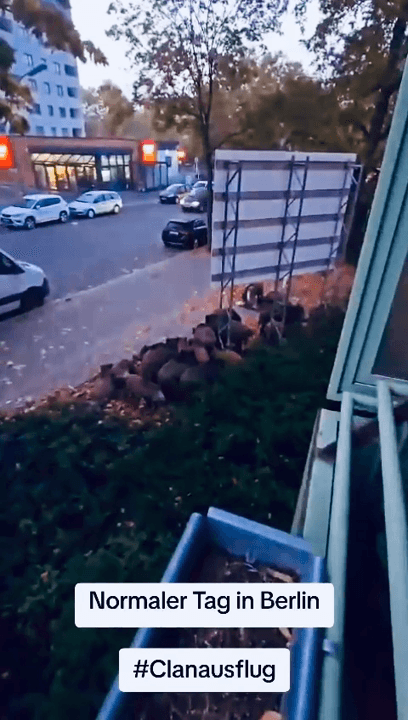
Belovezhskaya Pushcha, 1971. In the 1970s, Belovezhskaya Pushcha—known in Polish as Białowieża Forest—was one of Europe’s last and largest remaining tracts of primeval lowland forest, straddling the border between the Byelorussian Soviet Socialist Republic (part of the USSR) and the Polish People's Republic. This ancient woodland, a UNESCO World Heritage Site since 1979, was a sanctuary for Europe’s most iconic wildlife, including several species of deer that played a vital role in the ecosystem and cultural life of the region. During the 1970s, the forest was under strict state protection on both sides of the border, though management approaches differed. In the Soviet sector (Belarus), the forest was managed as a state reserve and forestry zone, while in Poland, the core area was a national park with limited human intervention. Despite Cold War divisions, scientific cooperation and conservation efforts continued, particularly regarding large mammals, including deer. Ecology and Be
Post: 23 September 21:55














































